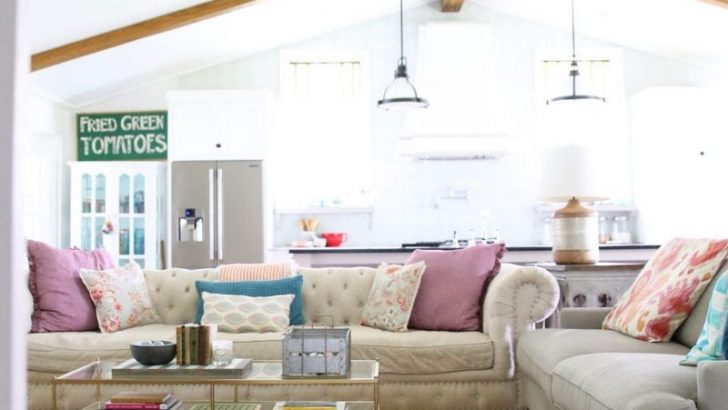Decorating a home is an art that many attempt but few master. Common mistakes in home decor can easily undermine the aesthetics and functionality of your space. In this blog post, we’ll explore 11 frequent errors that people often make when decorating their homes. By avoiding these pitfalls, you can create a living environment that not only looks beautiful but truly feels like home.
1. Overcrowding the Space
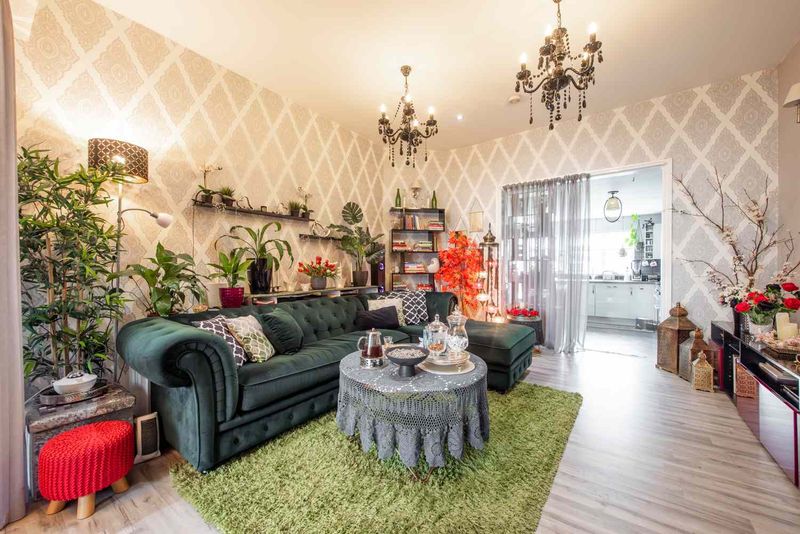
Imagine walking into a room filled with furniture and decor items at every turn; it’s overwhelming. Overcrowding is a common decor mistake that can make even the most spacious areas feel cramped. Less is more when it comes to creating a harmonious living environment.
By carefully selecting pieces and leaving breathing room between them, the space can become more inviting. Don’t be afraid to embrace minimalism; it’s about making purposeful choices. Remember, a clutter-free room often leads to a clutter-free mind.
Creating a balance between functionality and aesthetics leads to a serene home atmosphere.
2. Choosing the Wrong Paint Color
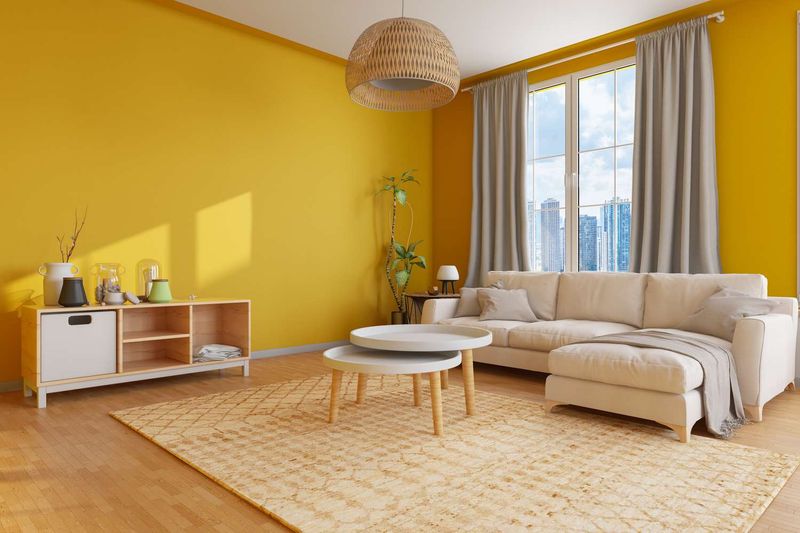
Color can make or break a room’s ambiance. Selecting the wrong paint color is a mistake many people make. The color of the walls plays a significant role in setting the mood and harmony of the space.
It’s essential to test different shades before committing, as lighting can drastically change how a color looks. Opt for colors that complement your furniture and decor, creating a cohesive look.
Consider the room’s purpose; calming colors for a bedroom, and vibrant ones for social spaces. Choose wisely to bring out the best in your home.
3. Ignoring Lighting
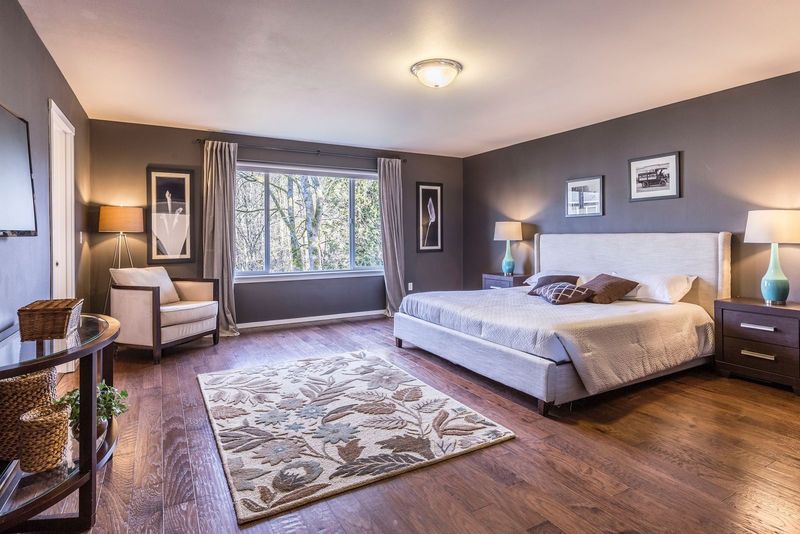
Light is fundamental in creating ambiance and functionality. Ignoring proper lighting is a mistake that can leave a space feeling dull and uninspired. The right lighting can enhance decor, highlight features, and create mood.
Incorporating a mix of ambient, task, and accent lighting provides versatility and depth. Don’t underestimate the power of natural light; opening up curtains or blinds can breathe life into a room.
Invest in quality fixtures to suit each room’s needs, transforming your home into a warm, welcoming haven. Lighting is the magical touch every room requires.
4. Neglecting Wall Art
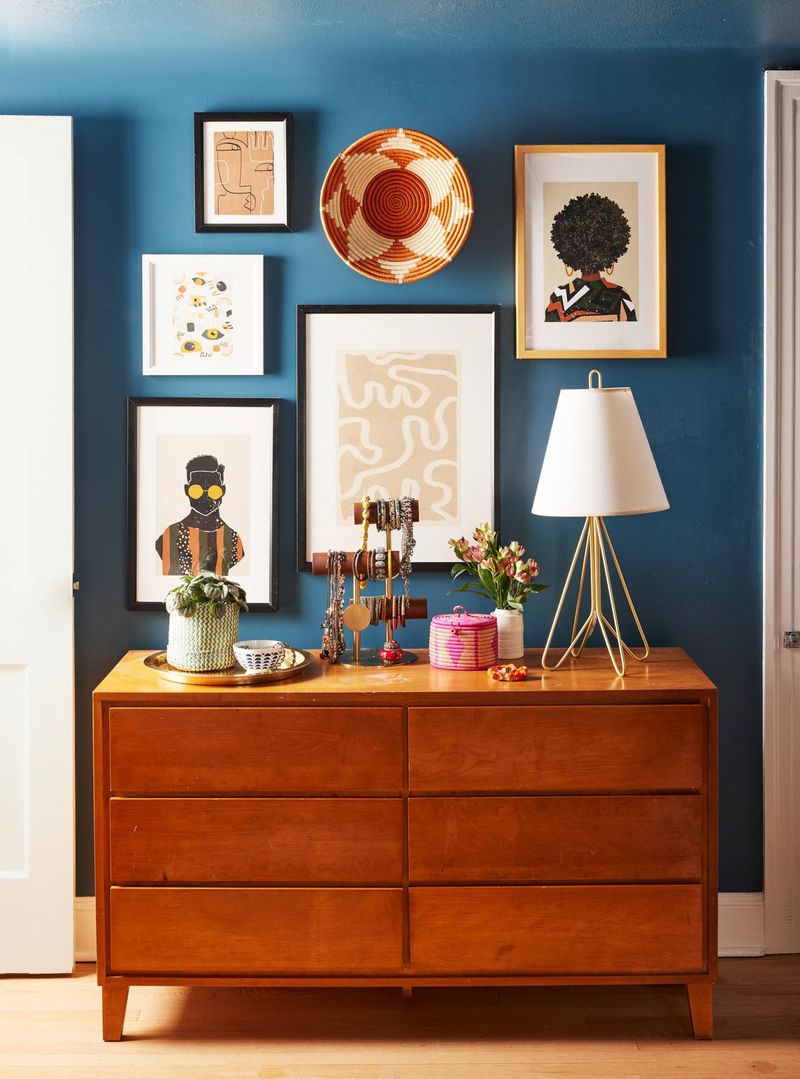
Walls without art can feel lifeless and unfinished. Neglecting wall art is a decor mistake that many overlook. Art adds personality, depth, and can be a reflection of one’s style.
Whether it’s a painting, photograph, or sculpture, incorporating art creates visual interest and conversation. Consider the scale and placement for a balanced look.
Don’t shy away from exploring different styles and frames to complement your decor. A thoughtfully curated collection can transform blank walls into a vibrant gallery. Art is an opportunity to express creativity within your home.
5. Improper Furniture Placement
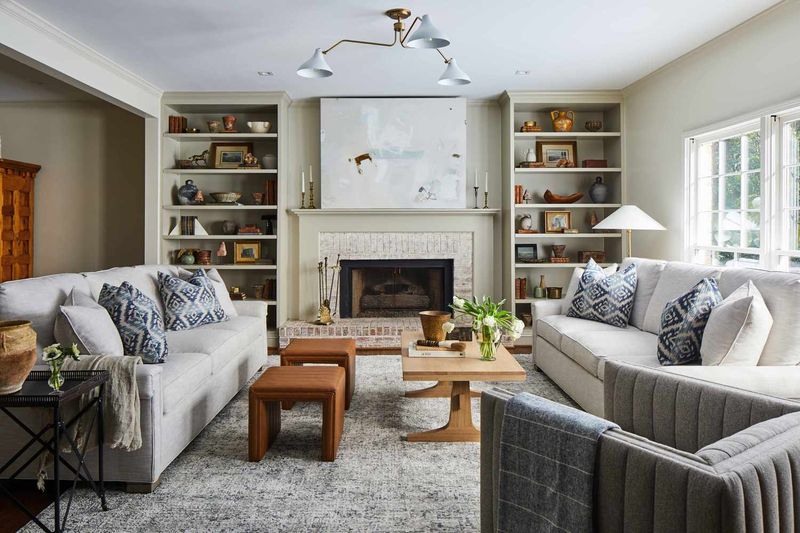
Furniture placement can greatly influence a room’s functionality and comfort. Improper arrangement often results in awkward spaces that hinder movement. Ensuring a natural flow between furniture pieces is key.
Consider the room’s layout and how people will move through it. Arrange furniture to facilitate conversation, creating intimate gathering spots.
Remember, balance and proportion matter; larger pieces anchor the room, while smaller ones add finesse. Thoughtful placement makes a room welcoming and practical, enhancing daily living experiences.
6. Forgetting About Texture
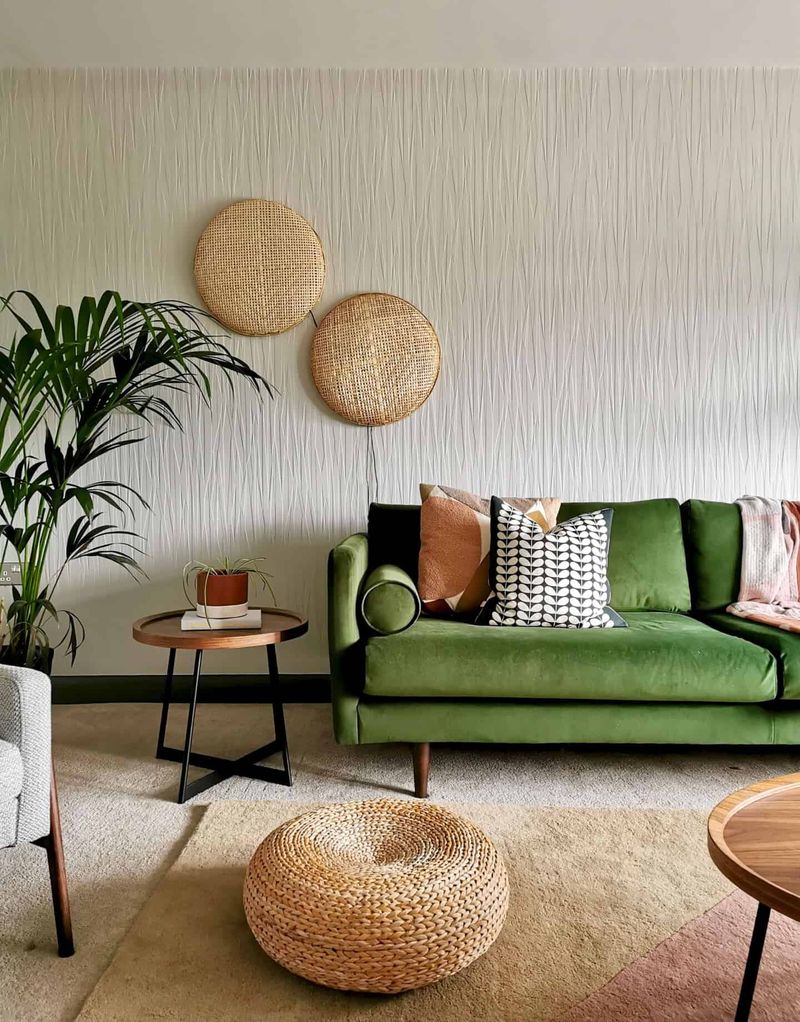
Texture is the unsung hero of interior design. Forgetting to incorporate different textures can result in a monotonous look. Mixing materials such as wood, metal, and fabric adds depth and interest.
Textures can evoke warmth and coziness, making spaces feel inviting. Layering different materials creates a rich, tactile experience.
Consider plush rugs, woven baskets, or smooth glass elements to enhance texture. A thoughtful combination brings balance and harmony, making your decor visually appealing and comfortable.
7. Ignoring Scale and Proportion
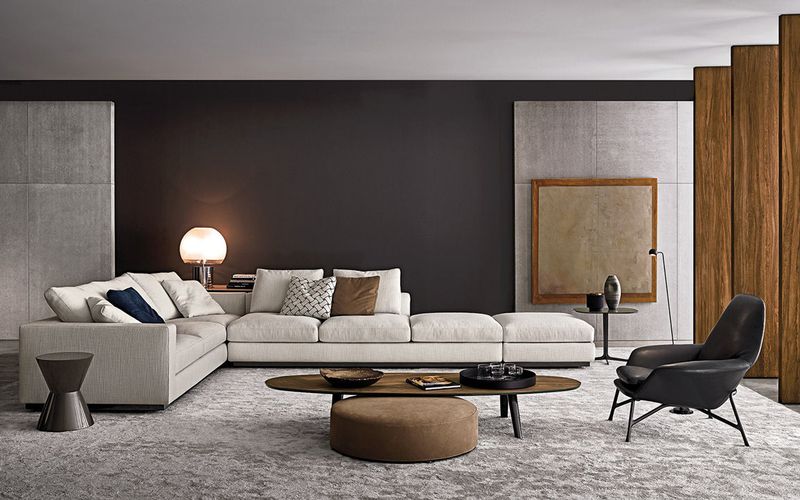
Scale and proportion are crucial in creating a harmonious space. Ignoring these principles often leads to a room that feels off-balance. Matching furniture size to room dimensions is essential.
A large sofa in a small room can dominate, while tiny decor gets lost in spacious areas. Carefully choose pieces that complement the space.
Consider the height and width of items, ensuring they work together. A well-proportioned room feels balanced and aesthetically pleasing, enhancing comfort and functionality.
8. Mismatched Styles
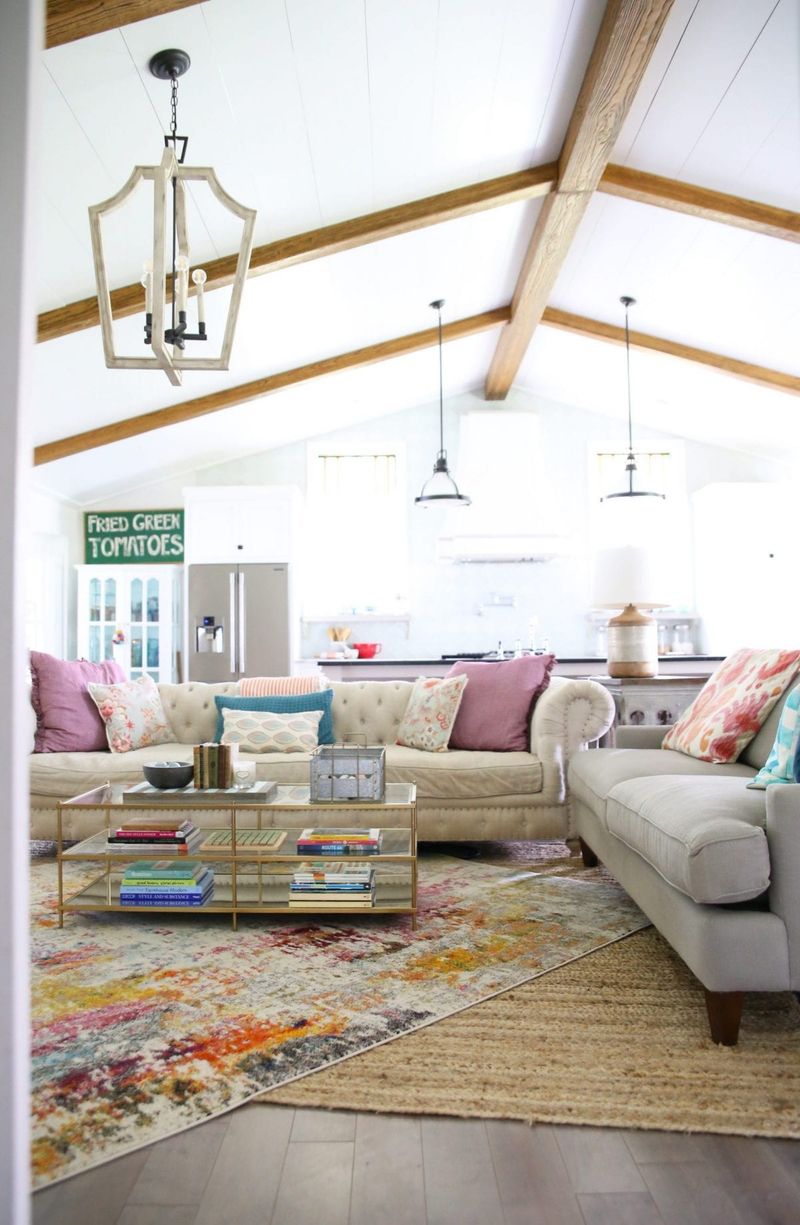
Style mismatch can create visual chaos in a home. Combining styles without a cohesive plan results in a disjointed look. While mixing styles can be trendy, it’s important to find common elements.
Harmonizing different aesthetics through color, materials, or themes prevents clashes. Consider using a neutral palette as a backdrop, allowing eclectic pieces to shine.
Balanced integration of diverse styles can create a unique, personalized space that reflects individual taste and creativity. Thoughtful coordination is the key to successful style blending.
9. Overlooking Rugs
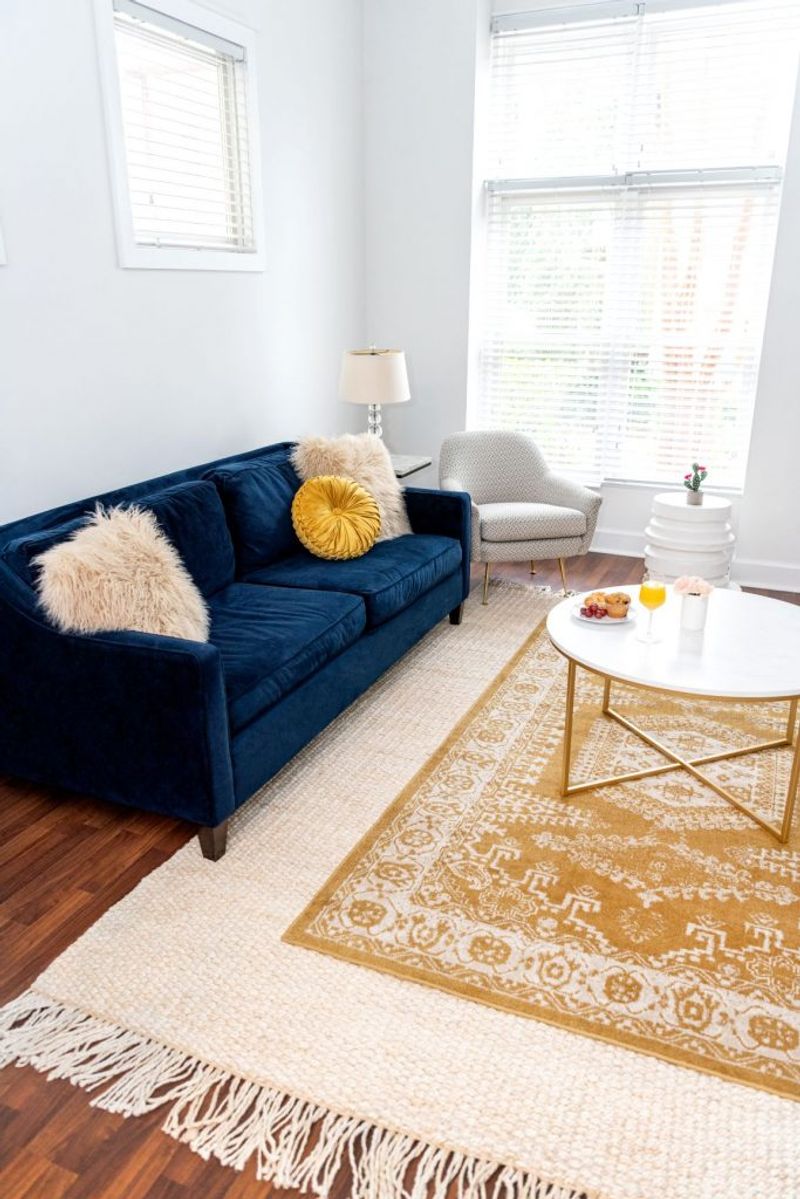
A room without a rug can feel incomplete and lacking cohesion. Overlooking rugs is a mistake that affects both aesthetics and functionality. Rugs anchor furniture, define spaces, and add warmth.
Choosing the right size and pattern enhances the overall design. Consider the room’s layout and color scheme for a harmonious fit.
Rugs serve as a foundation for furniture, contributing to the room’s balance. They also provide comfort underfoot and can act as a statement piece. A well-chosen rug ties together various elements, making the room feel complete.
10. Disregarding Functionality
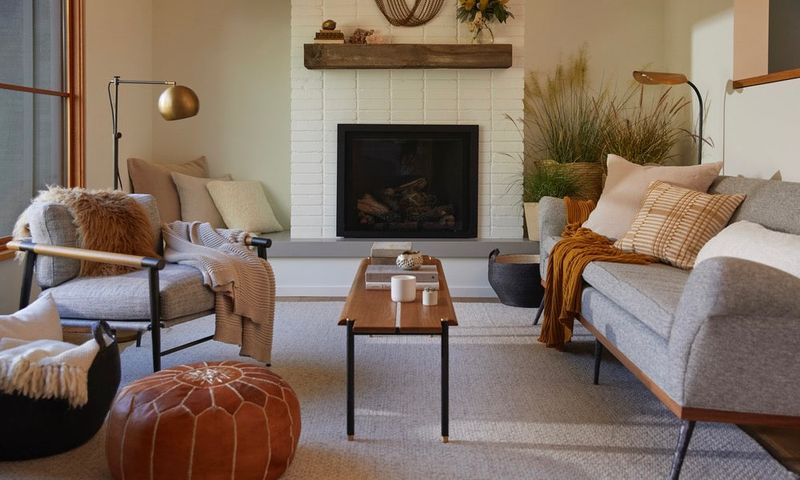
A room should be both beautiful and functional. Disregarding practical needs for aesthetics can lead to an impractical living space. Functionality is about comfort and usability, ensuring the room serves its purpose.
Consider how each piece of furniture or decor item fits into daily life. Does it enhance or hinder movement and comfort?
Balancing style with practical needs leads to a space that is both attractive and livable. Thoughtful design considers every aspect of the room, creating a harmonious and efficient environment.
11. Ignoring Personal Style
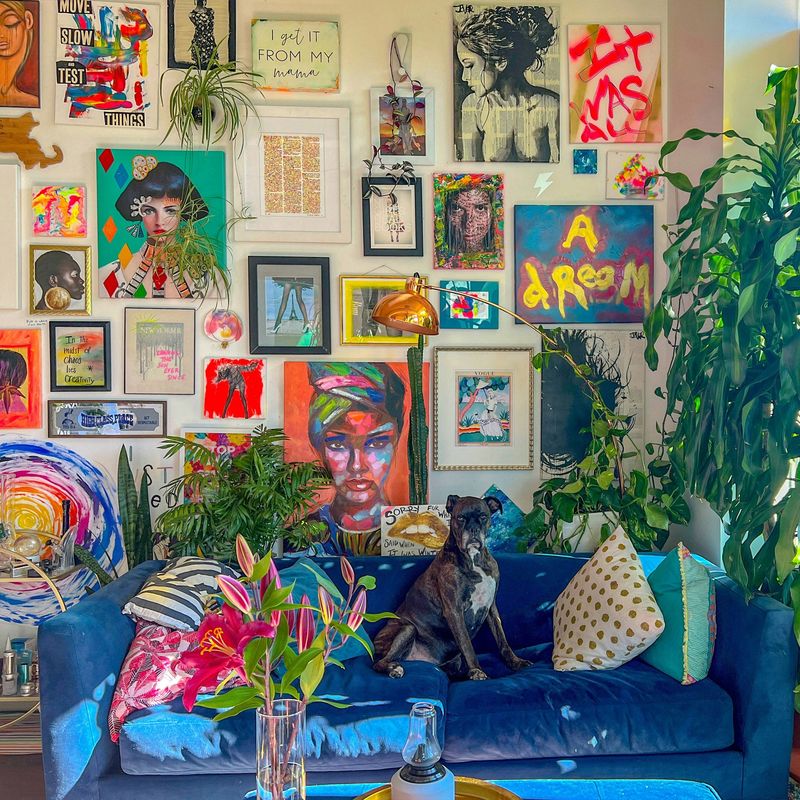
Your home should reflect your personality and taste. Ignoring personal style results in a generic, uninspired space. Infusing personal touches, like souvenirs or family photos, brings warmth and character.
Consider what truly resonates with you, incorporating elements that tell your story. Personal style is about creating a space where you feel comfortable and at home.
Don’t be afraid to experiment with colors, patterns, or unconventional pieces that speak to you. Embrace your uniqueness, turning your home into a true reflection of yourself.

